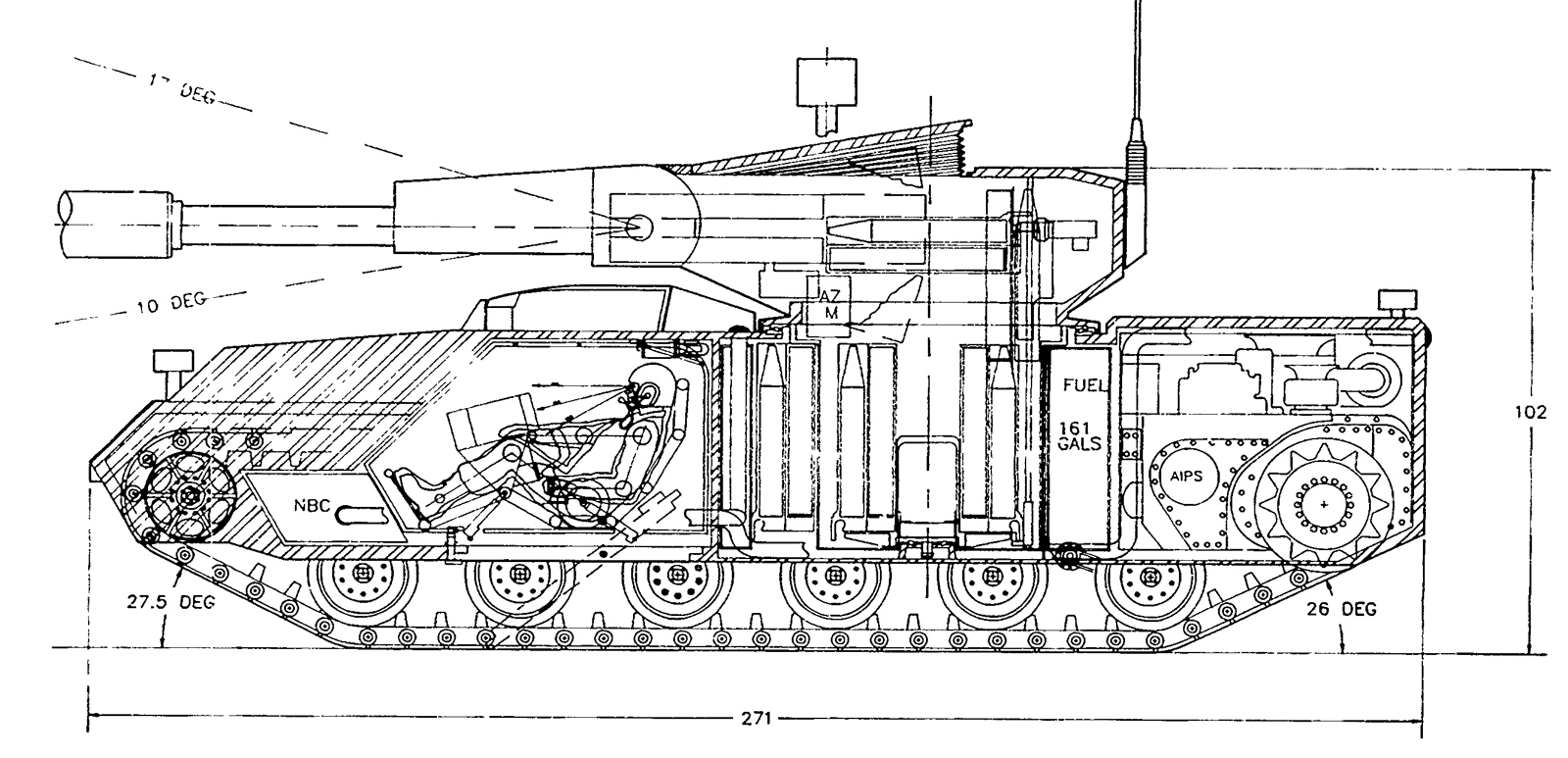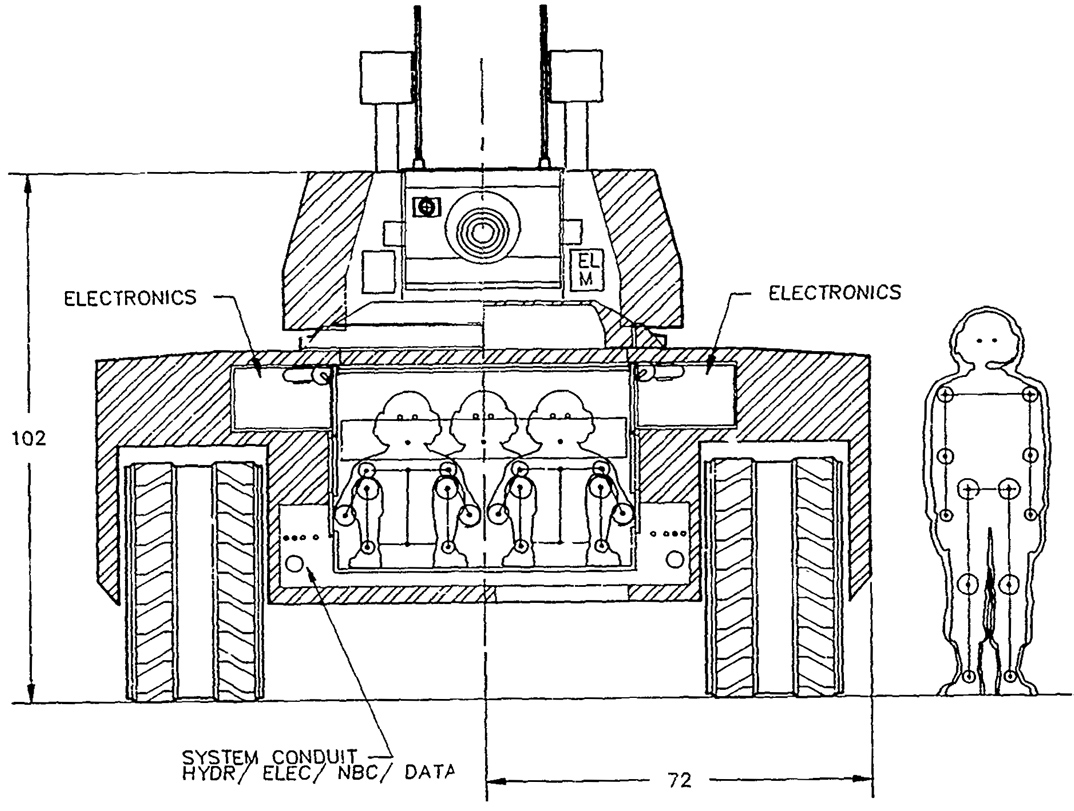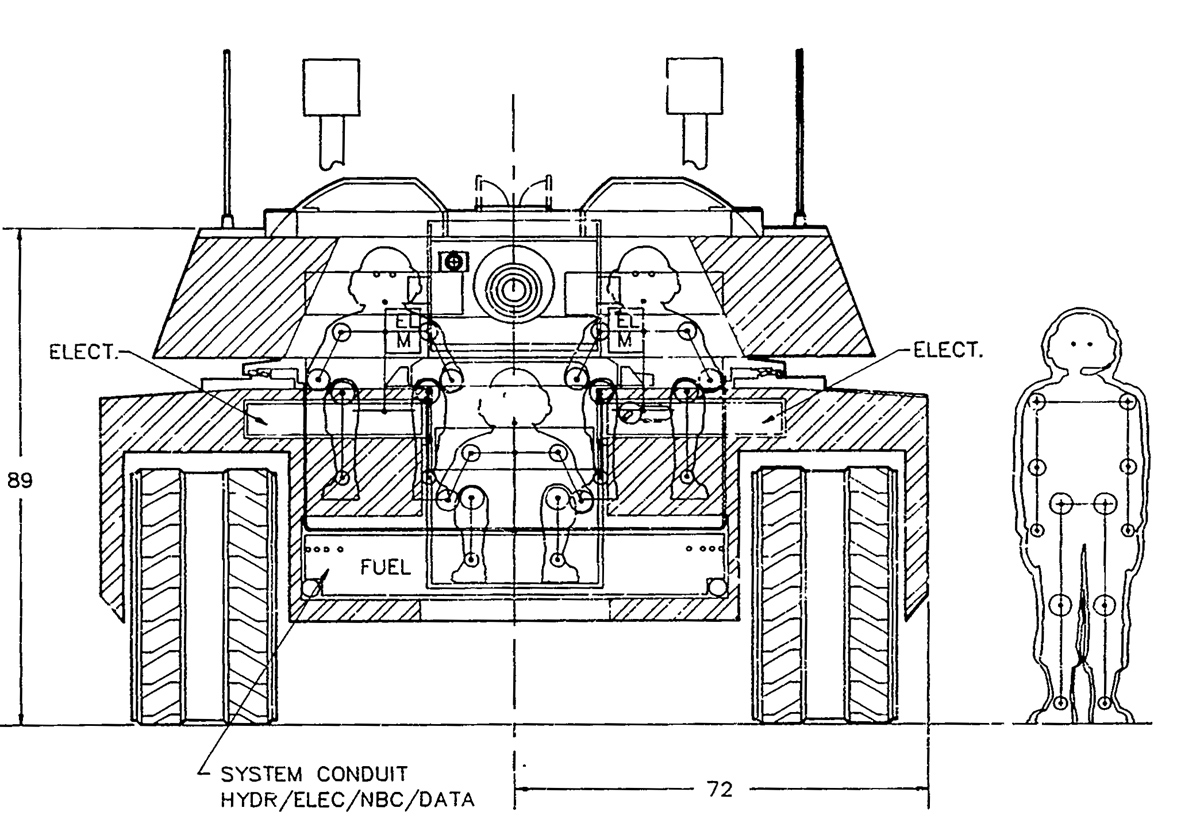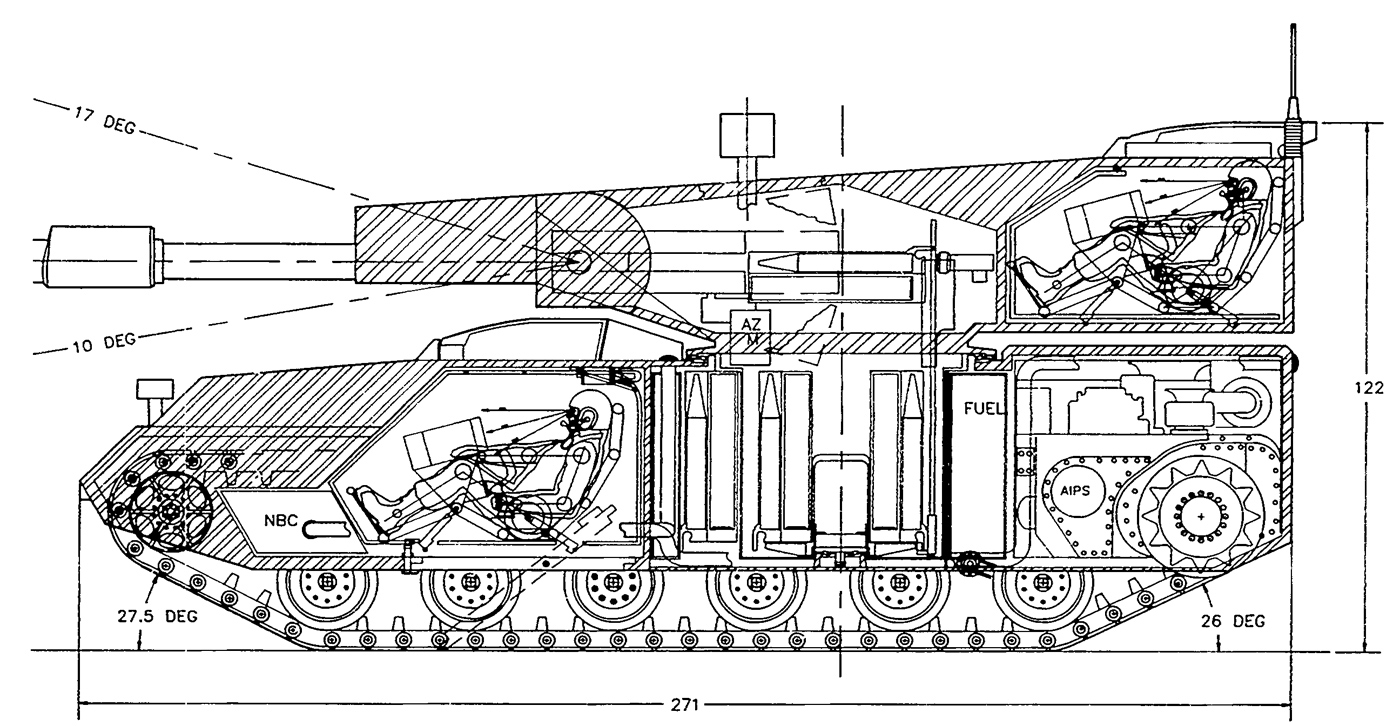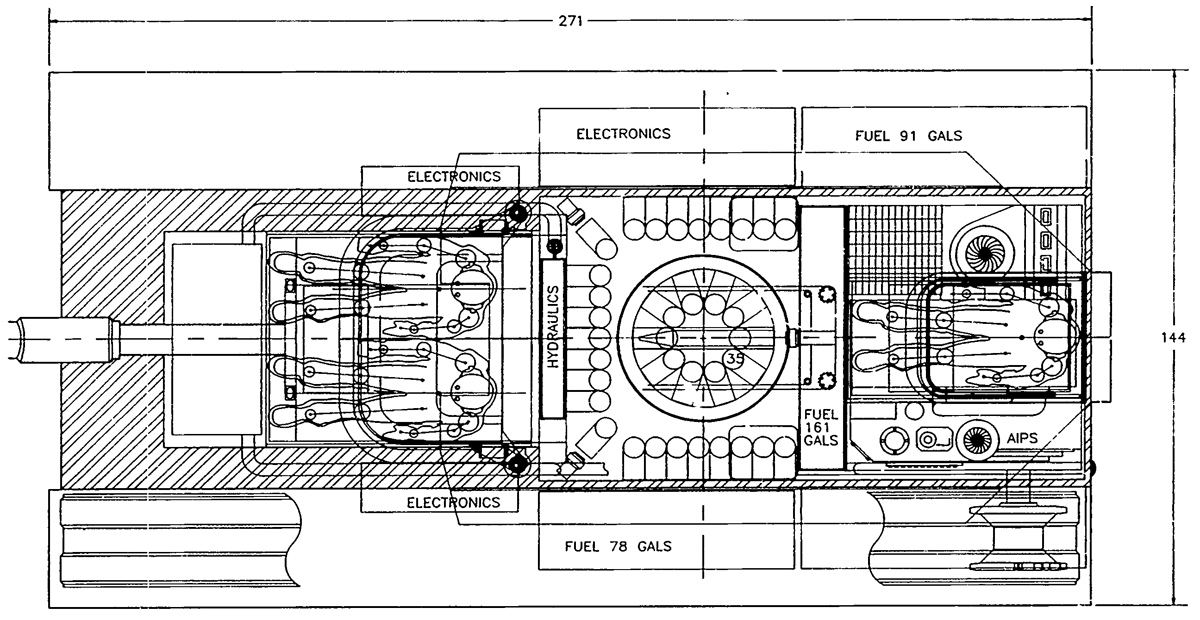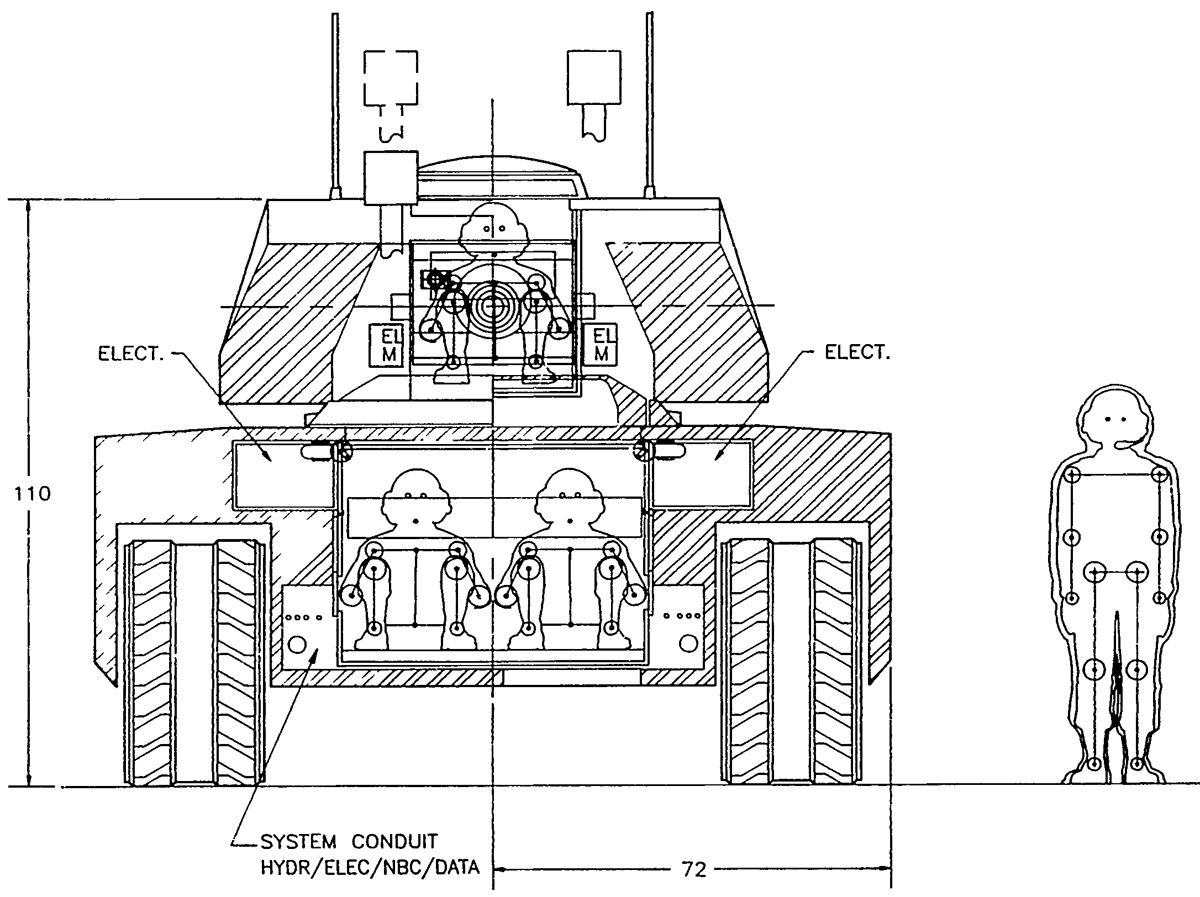Damian
New Member
- Joined
- Aug 20, 2011
- Messages
- 4,836
- Likes
- 2,202
Thanks for clarification Methos.
Something interesting from Ukraine and... USA. Andrei Tarasenko on his blog, publicized photos of Ukrainian T-80UD's sold to USA but...
These tanks don't look like T-80UD (not a standard Object 478B or 478BE at least), but more like a T-84, and what is more interesting, these T-80UD/T-84's are modernized/builded as some sort of customs for USA.
andrei_bt - Т-80УД в СШÐ


4 tanks were sold, at least two of them with Knife (Ðож/Ðіж) explosive reactive armor and Drozd (claimed to be some sort of modified version) active protection system. It is not known if Shtora/Varta active protection system was also sold, and if other two tanks were in the same standard.
T-84M Oplot during tests.
Something interesting from Ukraine and... USA. Andrei Tarasenko on his blog, publicized photos of Ukrainian T-80UD's sold to USA but...
These tanks don't look like T-80UD (not a standard Object 478B or 478BE at least), but more like a T-84, and what is more interesting, these T-80UD/T-84's are modernized/builded as some sort of customs for USA.
andrei_bt - Т-80УД в СШÐ


4 tanks were sold, at least two of them with Knife (Ðож/Ðіж) explosive reactive armor and Drozd (claimed to be some sort of modified version) active protection system. It is not known if Shtora/Varta active protection system was also sold, and if other two tanks were in the same standard.
T-84M Oplot during tests.
Last edited by a moderator:









